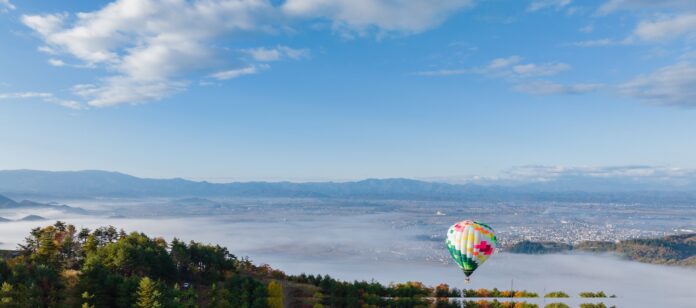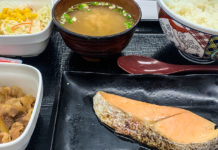For fewer tourists and more local adventures, head to southern Yamagata
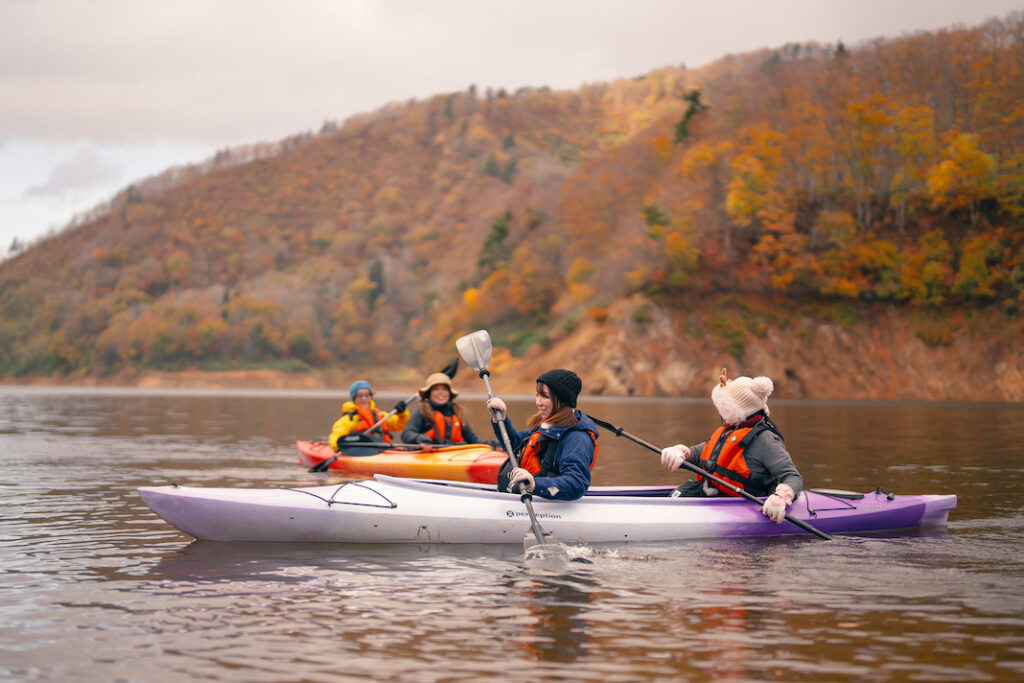
Yamagata isn’t usually at the top of most Japan travel destination lists. This is more than a little puzzling, given its wealth of tourism-friendly factors: lush landscapes, cultural heritage, delicious food, gorgeous hot springs (like Ginzan Onsen), traditional crafts and businesses, fantastic powder for skiers on Mt. Zao, and more.
However, its relatively low popularity makes it an ideal destination! Popular cities all over Japan from Kyoto to Biei have complained about overtourism, which is unpleasant for locals and visitors alike. By contrast, visiting Yamagata is a breath of air, sometimes literally. Having space to breathe is underrated. So here’s an area in Yamagata to mark on your travel map — the Okitama region.
Dubbed the “Arcadia of the Orient” by 19th-century explorer Isabella Bird (we’ll ignore the uncomfortable implications of “Orient” for the purposes of this article), the Okitama region is located in southern Yamagata. Cities of particular note in this region include former castle town Yonezawa; Nan’yo, which has the highest number of wineries in the prefecture; and Shirataka, where most of Studio Ghibli’s 1991 animated film Only Yesterday was set.
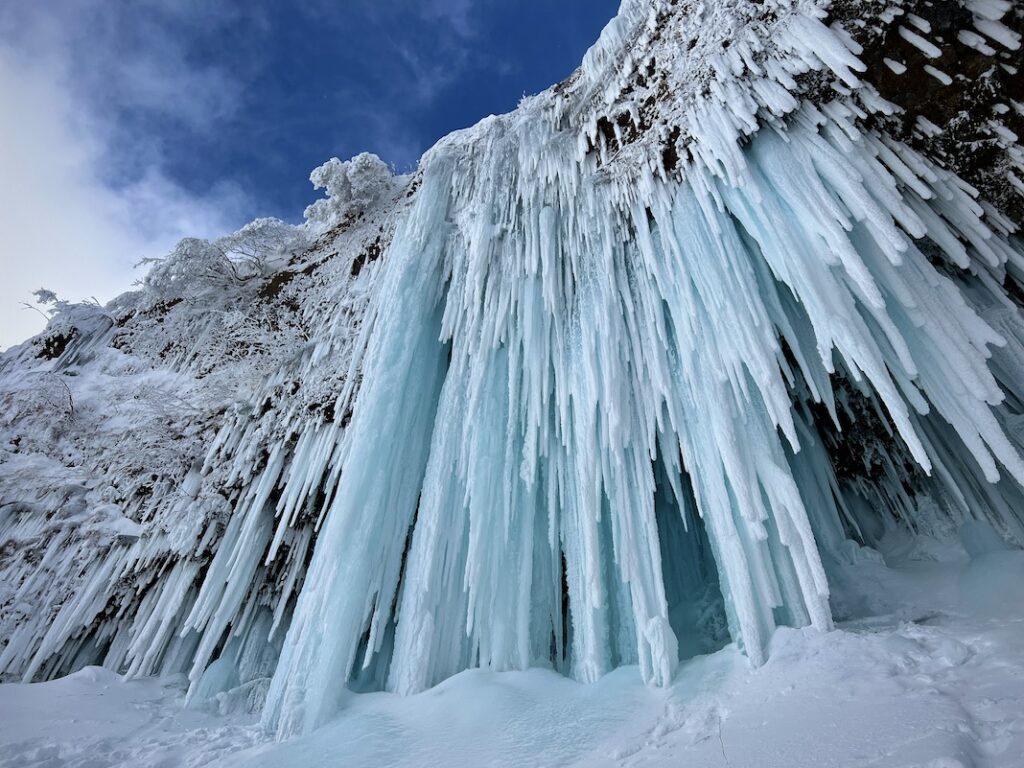
Why visit the Okitama Region?
With many lovely rural areas to choose from in Japan, what makes the Okitama region worth visiting?
For starters, there aren’t many visitors. It’s a beautiful, sparsely populated area with major off-the-beaten-path appeal and plenty of potential for local interactions. Perfect if you hate rubbing shoulders with crowds.
Two, the Okitama region is easily accessible from Tokyo. This isn’t true of all rural areas! It’s two hours from Tokyo Station or Sendai Airport, meaning it’s easily accessible for both domestic and international visitors. Plus, this makes it a great place to include on a grand tour of the Tohoku region.
Three, it has all the ingredients for a fun holiday — fun, unusual outdoor and cultural activities, photogenic landscapes, friendly people, and a ton of great food to eat. What more can you ask for?
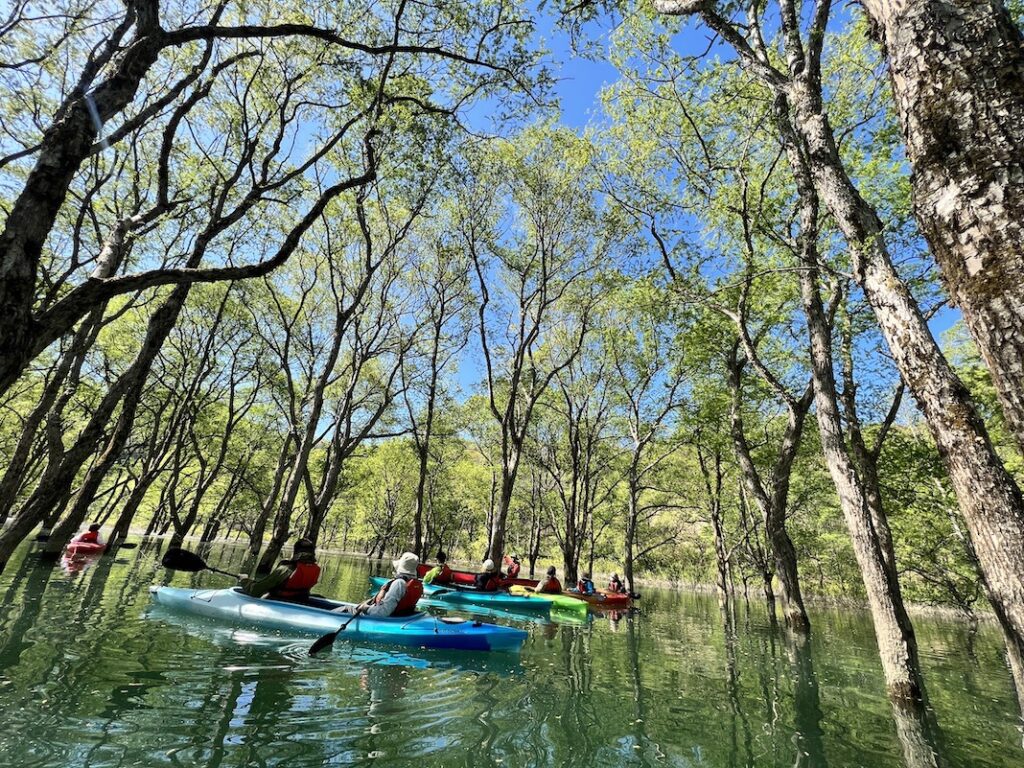
What’s there to do?
Broadly speaking, the Okitama region is best enjoyed by getting out into nature, and immersing yourself in local culture. You don’t need to wait for a specific season, as there are different things you can do year-round. The following are a handful of our favourite things to do in the Okitama region, all of which you can do with local, small-scale tour providers. The first three tours are operated by Yamagata Experience, while the fourth and fifth are run by Plat Yonezawa Corporation.
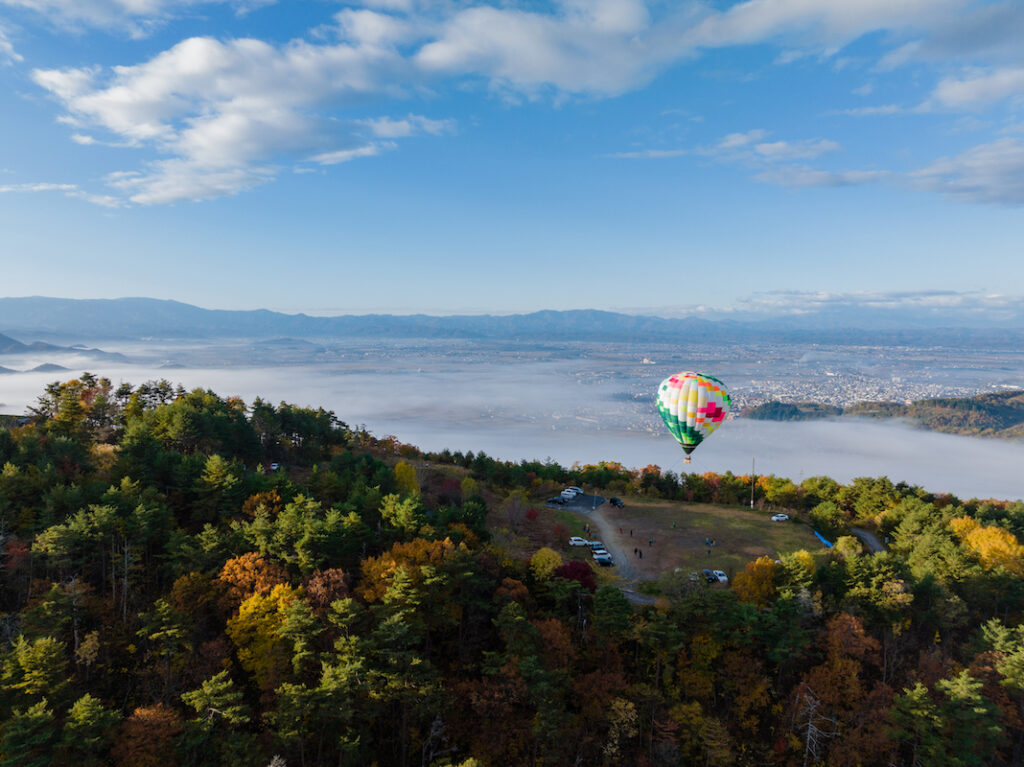
Riding a hot air balloon
We’ve all flown on aeroplanes (some of us far too often) but there’s an enduring allure to being up in the air regardless. Riding a hot air balloon gives you a sense of that old-time magic our ancestors must have felt when being airborne for the first time. Indeed, the gorgeous scenery in Okitama is well worth the trouble of a hot air balloon!
Canoeing on Lake Shirakawa
Canoeing is pretty fun no matter the time of year, but spring canoeing on Lake Shirakawa is special. Basically, snowmelt causes the water levels to rise and flood the surrounding area, so you’ll be paddling through a fantastical “submerged forest”!
Snow trekking to the icefalls
An icefall is like a waterfall, but frozen and therefore three times as cool — literally. Trekking in snow can be hard work, but when the reward is the sight of 30-metre tall icefalls at the Senninzawa Ice Garden, you’d be remiss not to give it a go. It might be time to get your inner Elsa out.
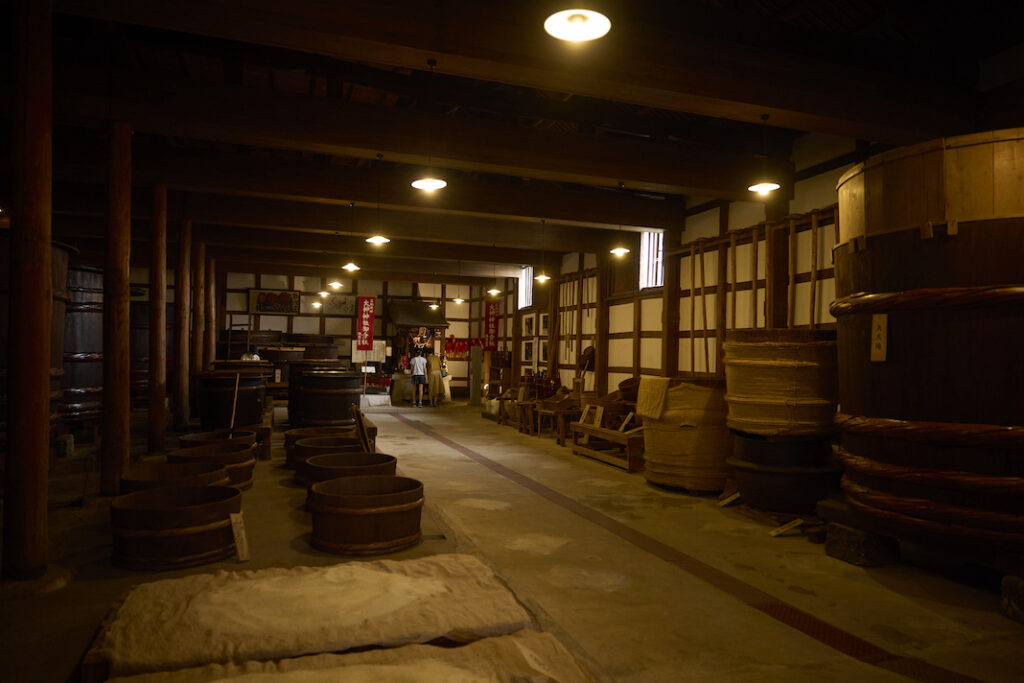
A deep dive into Yonezawa
Operated by Plat Yonezawa Corporation, their “Backyard Tour” is a six-hour deep dive into Yonezawa City’s craft and culinary traditions. Think well-marbled Yonezawa beef, textiles weaving, and sake-tasting at a four-century-old sake brewery.
Learn how to kick arse
If you have ever wanted to know how clan warriors and mountain priests fought, the “Kobudō Tour” is the experience for you. It’s a short introduction to the basics of martial arts training: swordsmanship, stick-fighting techniques, and how to put on a hakama. While you won’t be a qualified warrior after one tour, it might inspire you to sign up for some martial arts classes.



